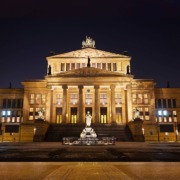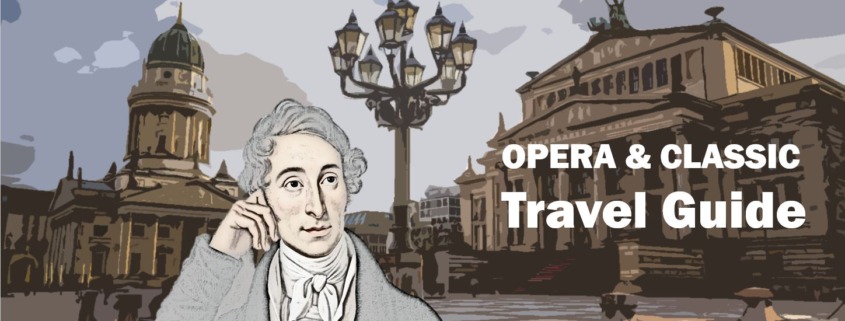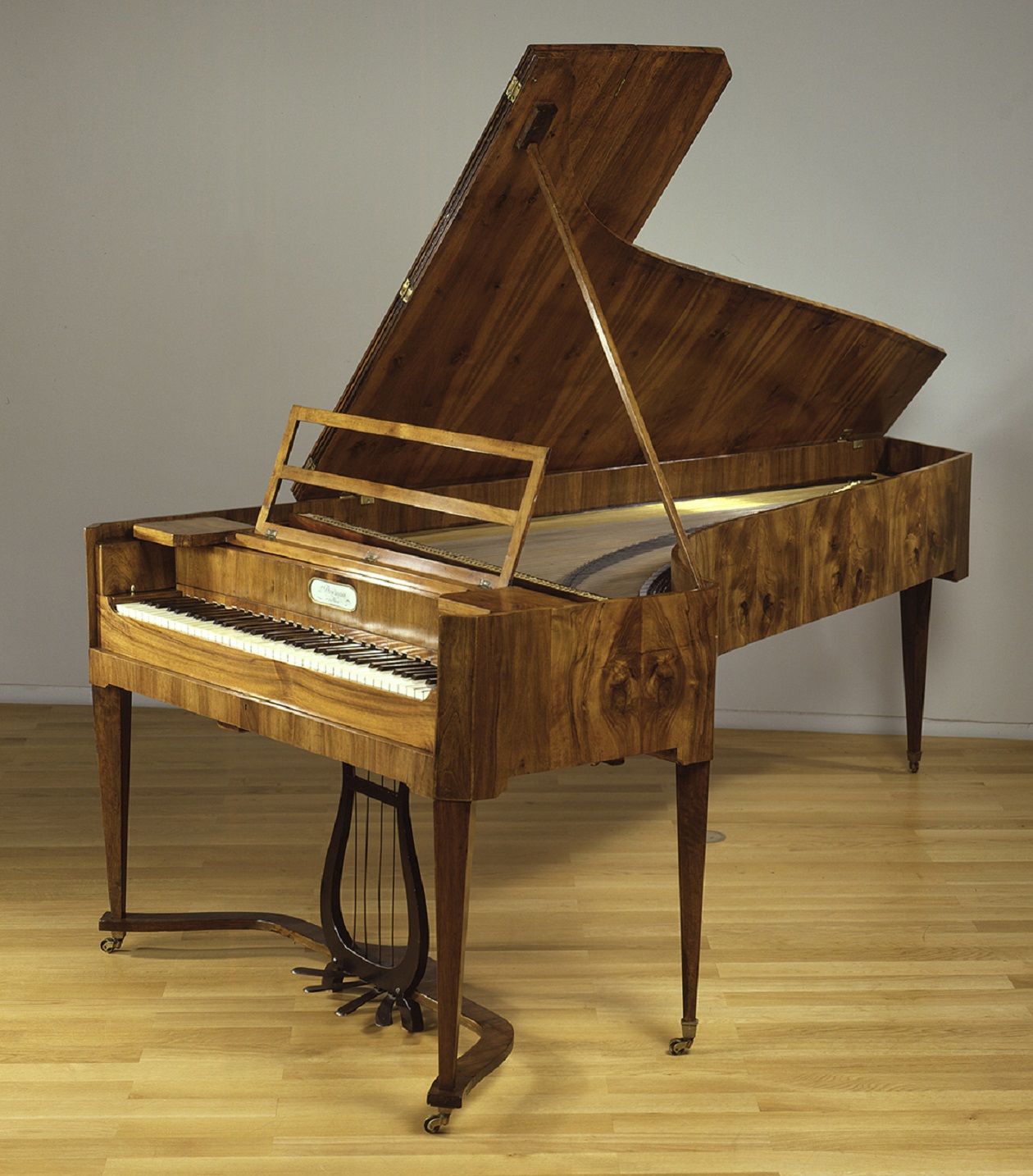von Weber in Berlin
The series about historical places of opera art & culture. Get to know exciting excursion and travel ideas for opera lovers. This time: von Weber in Berlin.
All Destinations on google maps with links to detailed Blogposts:
Carl Maria von Weber in Berlin

Along with Wagner’s “Meistersinger von Nürnberg,” the “Freischütz” is considered the German national opera par excellence. The forest becomes a symbol of the romantic transfiguration that spurred Wagner years later to search for literary material for his operas in the sagas of the German Middle Ages. Wagner himself spoke of the influence of Freischütz on his work. Wagner explicitly mentioned Fidelio and Freischütz as the foundations of German opera.
With this opera, von Weber hit a nerve of the time. After the Napoleonic wars, an awakening of German national consciousness was felt, and the theater management had symbolically placed the premiere on June 18, the anniversary of the Battle of Waterloo.
Weber was Kapellmeister of the Royal Saxon Opera in Dresden and conducted his work personally. The tension before the premiere was great; Weber had been beating the publicity drum in Berlin and expectations were high.
The premiere, June 18, 1821, took place in the Königliches Schauspielhaus, today the Konzerthaus Berlin. It was a sensational success and Weber was granted his greatest moment of his career, writing in a letter: “Evening as the first opera in the new Schauspielhaus ‘Der Freischütz’. Was received with the most incredible enthusiasm. Overture and folk song da capo demanded, in general of 17 pieces of music 14 applauded noisily, but everything also went excellently and sang with love; I was called out and took Mad. Seidler and Mlle. Eunicke with me, since I could not get hold of the others. Poems and wreaths flew. Soli deo gloria”..
Destination Musikinstrumenten Museum Berlin (Music instrument museum)
In this museum the historical “Weber grand piano” can be visited, it is a very interesting instrument. Carl Maria von Weber composed his “Freischütz” on this fortepiano from the Viennese workshop of Joseph Brodmann.
Joseph Brodmann (1771-1848) was one of the most famous piano builders in Vienna at the beginning of the 19th century. Besides Weber, Beethoven also appreciated his instruments. Brodmann’s workshop was taken over by his student Ignaz Bösendorfer after his death. The “Weber grand piano,” an instrument veneered with walnut, is covered throughout with a three-voice string-equipment. Particularly noteworthy is the continuously acting una corda pedal, which also allows the implementation of the playing instructions “una corda”, “due corde” and “tre corde” (one, two and three strings, respectively) that occur in Beethoven’s music. The other three pedals are used to cancel the damping, as a bassoon slide (a strip of parchment is placed loosely on the strings, producing a buzzing sound), and as a moderator or piano slide (two strips of cloth are inserted between the hammers and the strings). Also functioning as a piano slide (with only one cloth strip) is the knee lever. Due to the light touch and shallow depth of the keys, the instrument was well suited to the brilliant playing style of the era. (Source: Museum website, own translation)
Weber Grand:





Leave a Reply
Want to join the discussion?Feel free to contribute!